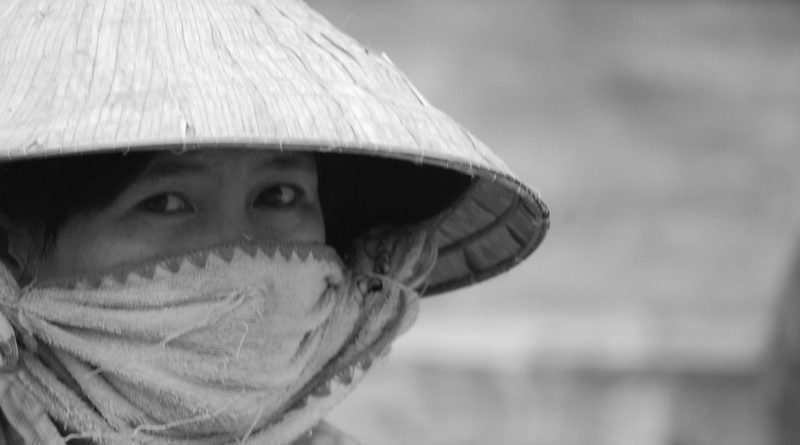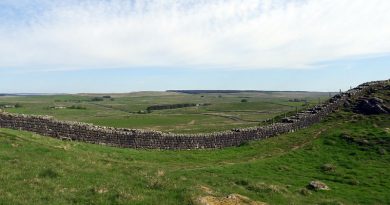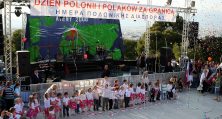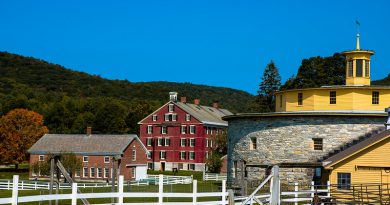The Vietnamese Diaspora
The Vietnamese diaspora has a population of 4 million people, over half of whom live in the United States. Other countries with significant Vietnamese populations include Cambodia (600,000), France (350,000), Australia (295,000), Japan (262,000) and Canada (240,000). The diaspora extends throughout the world and is one of the most widespread in the world.
Vietnamese immigration overseas was greatly catalysed by the Vietnam War, but migration abroad was recorded beforehand. Surrounding Southeast Asian countries such as Laos, China and particularly Cambodia had significant Vietnamese populations long before the outbreak of the Vietnam War. This generally occurred as a result of French colonial policy, which caused frequent population displacement. Many Vietnamese people were brought to other colonies within the vicinity of Southeast Asia to work on large-scale agricultural and industrial projects. This accounts for the significant Vietnamese population in Cambodia, where most citizens speak the language fluently.
As Vietnam was a French colony for many years, the countries have a significant history of immigration. It was the only major Vietnamese population hub in the Western world prior to the Vietnam War. Prior to the end of the war, France’s Vietnamese population was, by a considerable distance, the largest in the world outside of Vietnam. The Vietnamese community in France is viewed as a considerable success in terms of assimilation. The French-Vietnamese are generally considered to have retained much of their cultural tradition whilst being fully integrated into French society. The Vietnamese population is overwhelmingly based in Paris and the surrounding suburbs although hubs exist in other cities such as Marseille. Unlike in the United States, there are no significant population enclaves, a testament to the population’s integration.
The Vietnam War was a significant turning point in Vietnamese immigration. Many Vietnamese civilians were displaced in the wake of the conflict, particularly those in the former capitalist country of South Vietnam. Following the fall of Saigon, emigration from Vietnam increased significantly. Many of the initial immigrants were from educated, wealthy families, who quickly achieved success and set up a number of businesses and population enclaves in areas such as Los Angeles, Orange County, San Jose, Seattle and Houston. There were initially restrictions on Vietnamese refugees from entering the United States and tensions were high initially, as many saw them as stark reminders of the traumatic defeat of the Vietnam War. The suffering of refugees eventually saw the United States rescind restrictions with the Refugee Act of 1980 and immigration from Vietnam increased significantly, encompassing people from all classes. As internal discord unravelled in Vietnam as the country struggled with reunification, immigration steadily increased throughout the 1970’s and 1980’s.
Despite dealing with initial struggles, which included psychological trauma, language and barriers as well as economic hardship, the Vietnamese population has adapted to American life very well. The population is considered to be one of the most economically successful immigrant groups in the country, their median income above the national average. Unlike in France, where the population is divided over allegiance to communist North Vietnam or capitalist South Vietnam, there is an intense anti-Communist sentiment amongst Vietnamese Americans due to the war, hence the establishment of population enclaves named ‘Little Saigon’ for the former capital city.
Vietnamese immigration to other countries also increased following the Vietnam War. Many more moved to France due to the pre-existing Vietnamese population. Other countries which attracted considerable Vietnamese migration included Western European countries such as the United Kingdom and Germany as well as Canada and Australia. In Canada, many moved to Ontario and Quebec, the latter due to the Francophone population.
The Vietnamese Australian community represent one of the country’s largest immigrant populations. Australia was one of the major military forces on the side of South Vietnam during the war and was obligated to resettle a large number of refugees displaced in the war. There is a considerable and visible Vietnamese population in Australia today, mainly in the large cities of Sydney, Melbourne and Brisbane.
Despite Vietnamese immigration generally being a very recent occurrence, it is one of the most widespread diasporas in the world. The quick and significant dispersion of the Vietnamese population overseas reflects the tragic effects of war on a country.
main image: Vietnamese refugees at Fort Chaffee, Arkansas, during the late 1970s. Photo: Fort Chaffee (Ark.), Collector.




